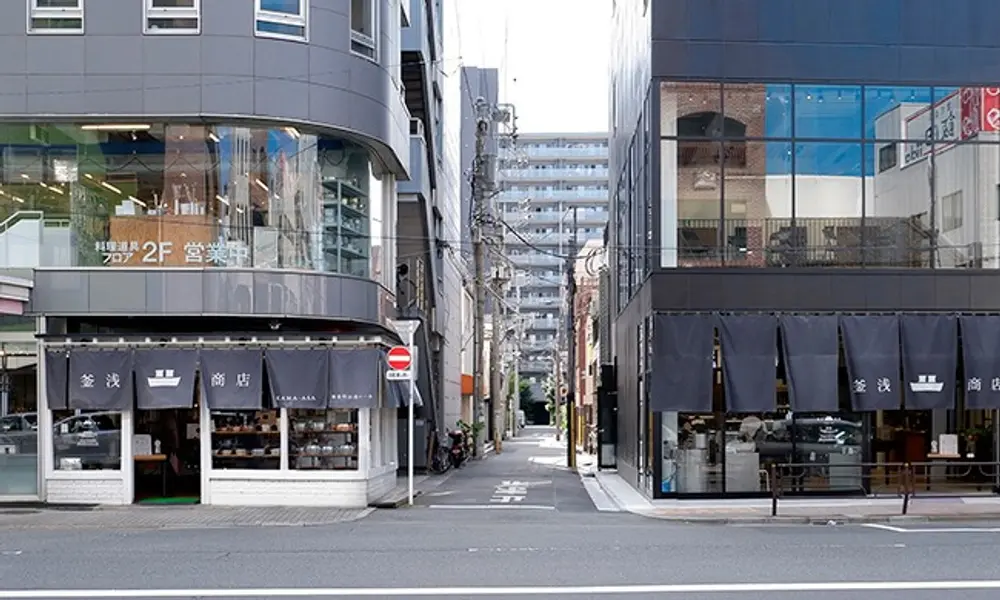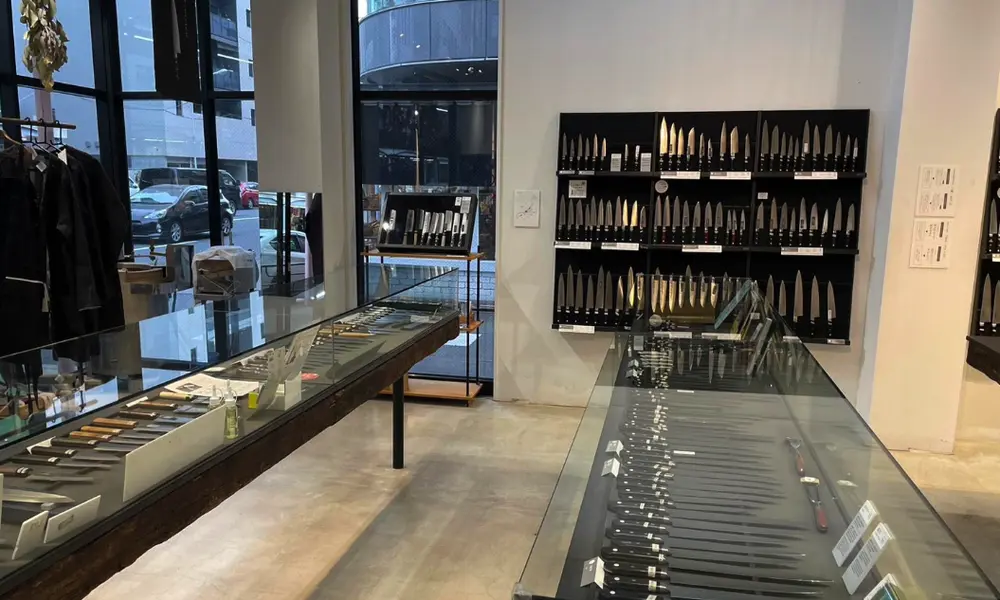Kama Asa
Authentic Japanese knives & kitchenware.


Kama Asa Tokyo has been a cornerstone of Kappabashi, Tokyo's "Kitchen Town," for decades.
This family-run business started small but grew into a beloved spot for both pro chefs and home cooks.
They've always put quality first, focusing on craftsmanship rather than flashy brands. And it's really paid off.
Is it worth visiting?
Kama Asa Tokyo offers a unique shopping experience you won't find just anywhere.
Here, you can actually hold and test the knives before buying. No "look but don't touch" policy here.
The staff really knows their stuff too. They'll guide you to the perfect knife for your needs, whether you're a seasoned chef or a cooking newbie.
What's cool is that these knives are all about quality, not fancy logos. You're getting the real deal – unbranded treasures that speak for themselves.
And if you want to make your knife extra special, they offer custom engraving. It's a great way to create a lasting memory of your trip.
Visiting Kama Asa Tokyo isn't just about shopping – it's a slice of authentic Japanese craftsmanship. Way more interesting than your average souvenir shop.